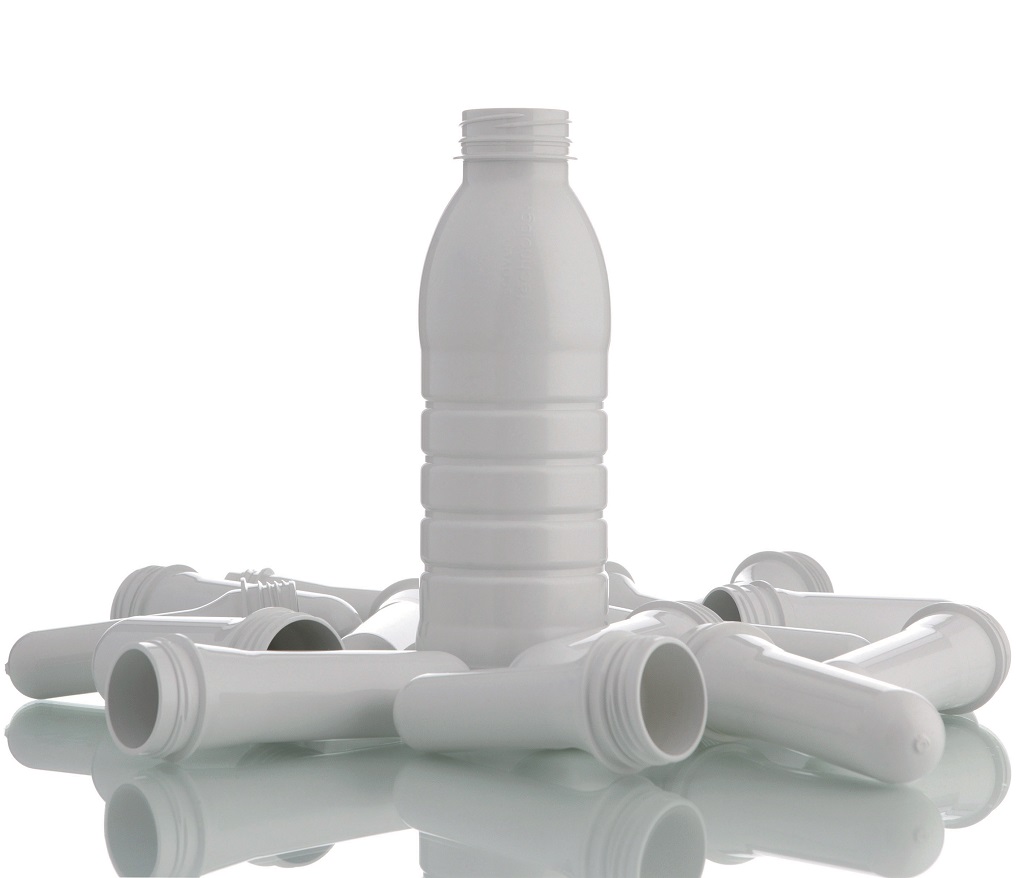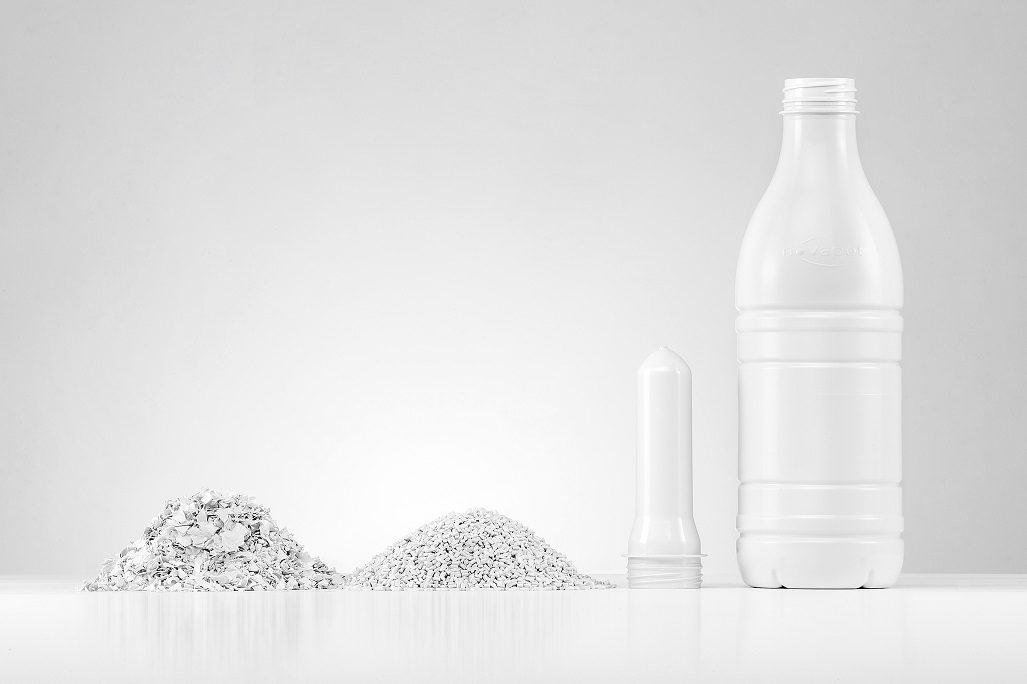Bottle to bottle recycling of light barrier white opaque PET.
Bottles in opaque PET are increasingly replacing other material grades, especially in markets such as dairy and other sectors where demand is increasing. Thus far, a main concern was that the white opaque PET would lose one of the most important characteristics of PET, recyclability, but Novapet is demonstrating that white opaque monolayer bottles can be separated and recycled into new bottles again.
In addition to producing standard bottle grade PET, Novapet has for many years also been a manufacturer of speciality PET resins. And now, is intending to incorporate the advantages of this material for new markets and, as a signatory of The New Plastics Economy Global Commitment, all the various grades must be 100% recyclable in practice. The Company has significant experience in handling mechanical recycling projects, and has invested heavily in rPET production, using the material to manufacture preforms. Thanks to this experience, Novapet has been able to develop a recycling process for white opaque PET bottles.

ODR – a growing market.
The use of monolayer white opaque PET bottles is growing rapidly because it provides the functionality and protection from light that UHT milk requires, an advantage other packaging options do not off er. Furthermore, it has the potential to achieve the sustainability aspects demanded by consumers and required by regulations.
According to Plastics Europe Annual report (2018), the EU ODR market is 100 k tons, roughly 2-5% on average of total EU PET bottle market. It is not known exacly how much corresponds to recycled PET/EU16 but it is likely to be in the region of 6%.
In order to demonstrate the feasibility and viability of the monolayer white PET recycling, Novapet has created, for the first time, a dedicated recycling stream of this material in a comercial recycling facility, sorting and recycling white opaque PET bottles into white flakes from standard bales collected in Spain. The recycling process is based on IR/VIS sorters, which are available in the majority of plants. It will require a detailed market study to assess the amount of input material and to adapt the configuration of the sorting system.
Flakes, raw material in the circular economy.
The white flakes can be decontaminated according EFSA requirements and used again as raw material for the production of a recycled opacifier masterbatch or directly to rPET monolayer bottles. Various formulas would have to be applied depending on final use and light barrier requirements, to maintain the same machine throughput and without impacting properties, functionality and colour.

Novapet’s specialist team have technically validated that it is posible to reprocess the white flakes, thus obtaining new white opaque resin and masterbatch formulations. All these formulations have been characterised along the entire process, controlling the key variables, in order to assure good processability and the decontamination conditions in the SSP reactor.
Thus the process demonstrates that the recycling process to produce white recycled PET is able to be used for manufacturing containers in the food industry.
Novapet Packaging division facilities produce the bottles using a regular injection-stretch-blow moulding process. The containers properties have been preserved in terms of colour, performance and light blocking properties. Novapet’s expertise in compounding production and recycling processes from the bale to the bottle, allows the company to claim that their recycling process meets consumer demand and observes the relevant directives.
This new family of recycled products, rDCU and rDairy, will be commercially available by the end of 2020.

